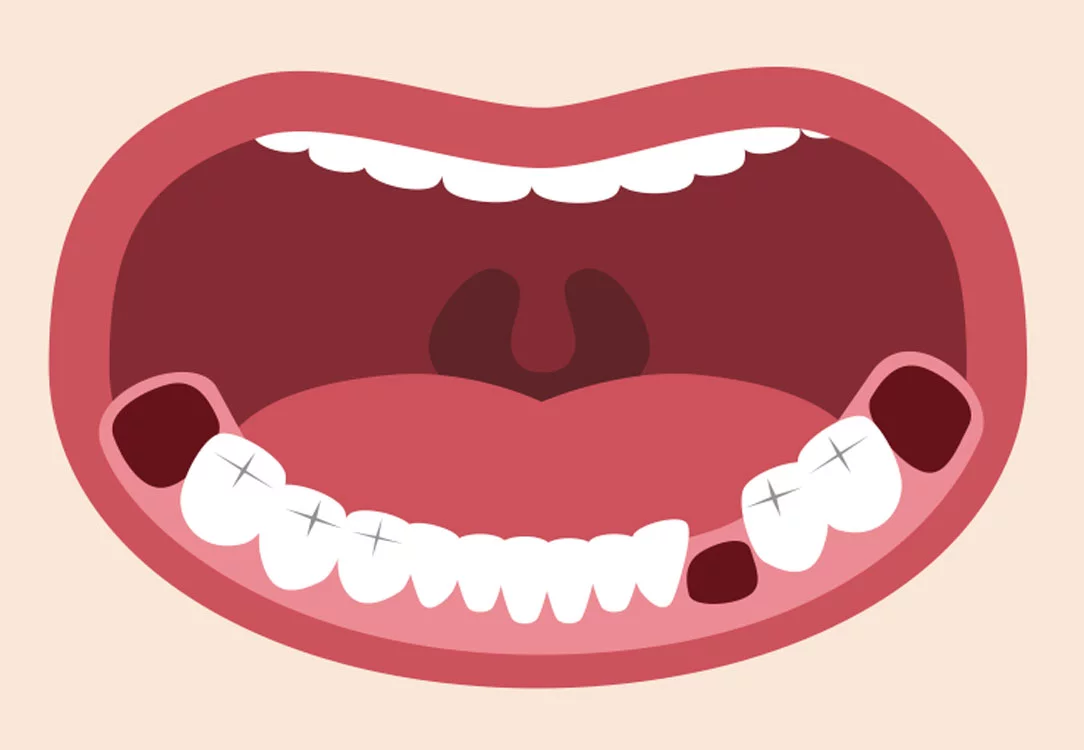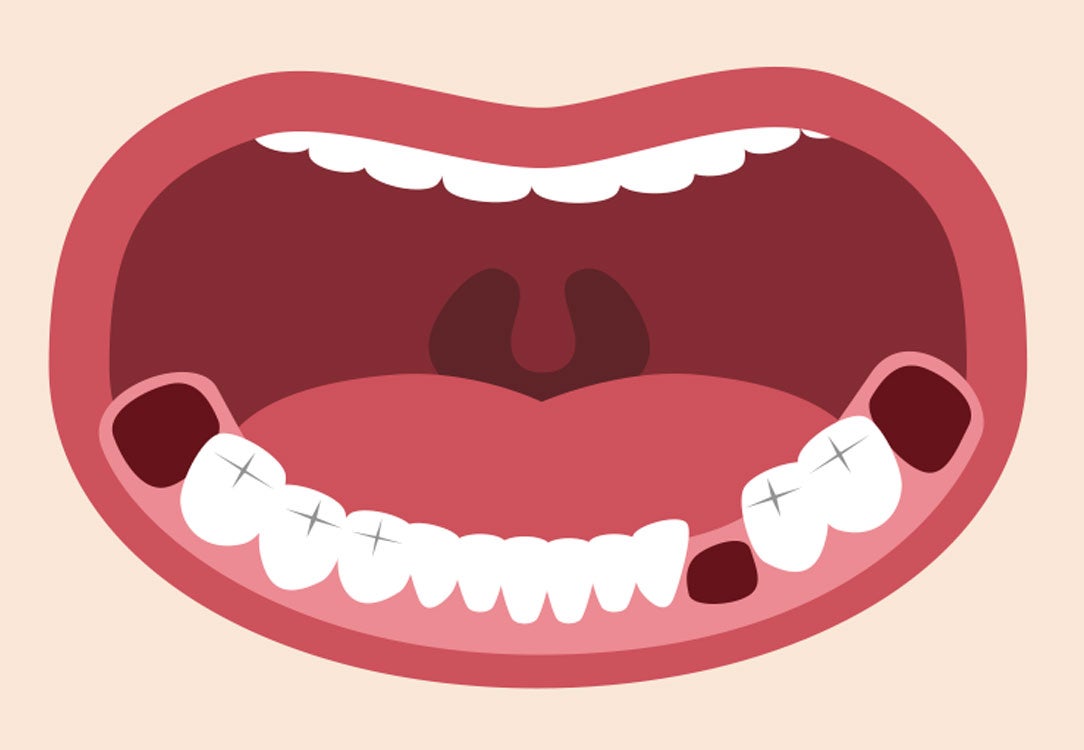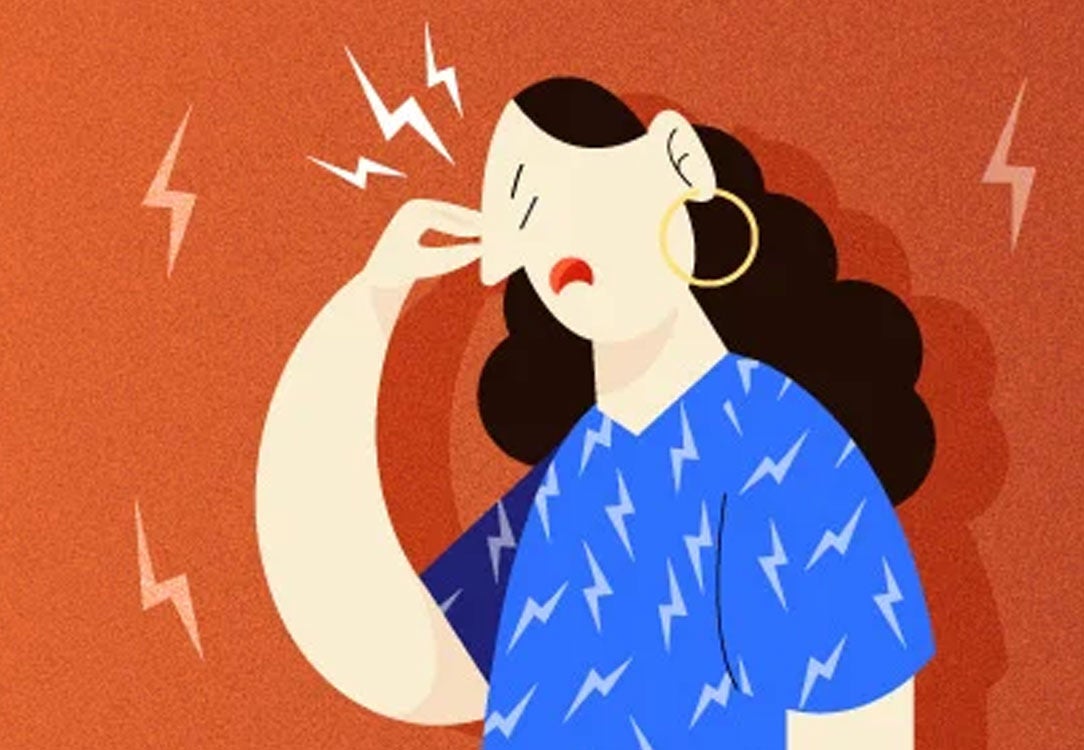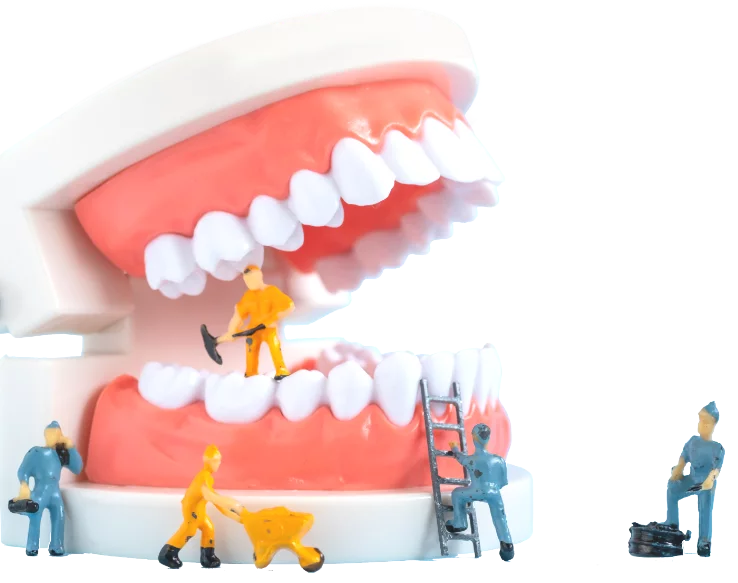If you've just had a tooth extracted you are probably wondering if your tooth extraction is healing properly.
Though it can take a few months to fully heal from a tooth extraction, most of the care and attention during recovery happens in the first three days. During this time, contact your dentist if you see any of these signs of concern:
- Active bleeding. Some minor bleeding is to be expected.
- Pain after day three of a tooth extraction. Pain should be manageable with over-the-counter painkillers or prescription painkillers, depending on the extent of your procedure. If it is not manageable at any point in recovery, contact your dentist.
- Loss of the blood clot causing dry socket.
Day by Day Tooth Extraction Healing Timeline
Understanding what to expect in the day to day tooth extraction healing stages by looking at each day of recovery will ease any concerns you may have about the procedure. Once your tooth is pulled, with the risk of infection or cavity behind you, you can enjoy the relief of knowing your mouth has the best chance of staying healthy and pain-free.
First 24 Hours After Tooth Extraction
Key things to know:
- Minor bleeding is expected. Change gauze pad as needed.
- Eat soft foods that avoid chewing. Don’t use a straw for fluids.
- Rest often with your head elevated above your heart.
After your tooth is extracted, your dentist will likely give you a detailed list of instructions to follow during the first 24 hours after the tooth extraction. Following these instructions can set your mouth up for a faster recovery and help you avoid situations that will cause more pain and prolonged recovery time. Pay close attention to the aftercare tooth extraction advice from your dentist that pertains specifically to your mouth. A general list of instructions to follow in the first 24 hours includes:
- Rest often and with your head elevated. Keeping your head upright or above your heart, even when sleeping, will lessen the bleeding where the tooth was pulled. Making sure your body gets plenty of rest helps your mouth recover faster. Plan to be lying down for the first 24 hours.
- Only eat soft foods that do not have seeds, crumbs, or crunchy elements that could get stuck in your open tooth extraction site. Eating soft foods that do not involve much chewing is the best way to keep the tooth extraction site clean of food debris.
- Do not use a straw, and do not spit. Sucking a drink through a straw or spitting something out of your mouth will put pressure on the newly forming blood clot in the extraction site and can ultimately lead to the blood clot getting pulled out, causing a painful regression in the healing process.
- Change the gauze placed over the extraction site by your dentist as needed. Light pressure from biting down on the gauze can keep the bleeding to a minimum.
- Keep fluid, food, and your toothbrush away from the tooth extraction site. Of course, eating and drinking are necessary. But trying your best to keep food and drink on the opposite side of your mouth than the open socket will ensure that the site stays clean.
Day 2
(24-48 hours After Tooth Extraction)
Key things to know:
- Blood clot will form to protect nerves and bone in socket.
- Continue with soft foods.
When the tooth is pulled, a blood clot will form in the hole where the tooth once was. This is a good thing, and it will protect the nerves and exposed bone in the socket. If the blood clot comes out, the results can be not only painful but also prolong the tooth extraction healing time.
Dry socket occurs when the blood clot comes out, creating pain in the inflamed empty socket that can also spread along the nerve line in your jaw. Dry socket is the most common complication from tooth extractions. It can become very painful, and over-the-counter pain medications may not be enough to mitigate the pain. If you experience radiating pain post tooth extraction, you may be suffering from dry socket and need to call your dentist right away.
To avoid dry socket and other complications, some important instructions during the first 48 hours after tooth extractions include protecting the blood clot that forms in the extraction site by:
- Avoid drinking with straws.
- Not rinsing your mouth with anything, including mouthwash.
- Avoiding spitting. Take special note of this because when you brush your teeth, you will instinctively want to spit.
- Avoid any activity that gets your heart rate up or causes you to strain at all.
- Brushing your teeth but avoid getting anywhere close to the extraction site.
- Eating only soft foods.
Dry socket is no joke, read our full Dry socket article to learn all the details about what a dry socket is and how to avoid it.

Day 3
(48-72 Hours After Tooth Extraction)
Key things to know:
- Swelling and discomfort should decrease.
- Continue eating soft foods. Avoid using straws for fluids.
- Maintain oral hygiene by gently rinsing with warm salt water.
- Continue brushing and flossing, but be mindful of the blood clot.
The tooth extraction site after three days should be feeling better and healing nicely. Swelling should be minimal, and there should be no more bleeding.
The blood clot that formed in the socket should be more secured but can still become dislodged if you are not careful. At this stage, you should:
- Continue to brush and floss your other teeth while staying away from the extraction site.
- Continue only to eat soft foods that will not get crumbs and food debris in the open socket. This can be even more difficult with multiple extractions. When food gets stuck in the extraction site, you may try to get it out, which can damage the blood clot. Stick with foods like soup, yogurt, and applesauce.
- Gently rinse with warm salt water or a medicated mouthwash. This will eliminate bacteria around the area and keep the extraction site healthy. Avoid vigorous swishing and gurgling.
Tooth extraction healing is now well underway, but it is normal to have some tenderness around the tooth extraction site. But if you experience bleeding or swelling, please make your dentist aware.
1 Week
(4-7 Days After Tooth Extraction)
Key things to know:
- Tissue healing begins; swelling and bruising should subside.
- Continue soft foods.
- Continue gentle oral hygiene practices
When you make it through your first week post-tooth extraction, the hardest work is behind you. Your stitches will either be removed or dissolve on their own, depending on which kind you received. Pain, bleeding, and swelling should have ceased except for a little sensitivity from the newer tissue forming around the extraction site.
If you experience any pain or bleeding at this point, please call your dentist so they can evaluate your situation. Continue to follow the special care instructions to keep the now very secured blood clot in place by rinsing the area, not brushing it, and continue staying away from crunchy, crumbly foods that could get in the partially open socket, to learn more about what to eat and not eat read our Wisdom Tooth Recovery: What to Expect article. It is still possible to dislodge the blood clot and if so, will reverse the healing you have already achieved.
2 Weeks
(14 Days After Tooth Extraction)
Key things to know:
- The extraction site continues to heal and close.
- Avoid brushing and chewing food near healing socket.
The site should be mostly healed two weeks post tooth extraction, with tissue closing up instead of an open socket. It is important to not brush this soft, tender tissue. Avoid chewing food near the healing socket because it could damage the soft, new tissue and could also lead to infection.
3 Weeks
(21 Days After Tooth Extraction)
Key things to know:
- Pain, bleeding, swelling should be gone.
- Socket site might still be sensitive.
- Keep healing socket site clean from food and rinse with recommended mouthwash.
At the three-week mark and beyond post tooth extraction, your main focus will be to keep the site clean of food debris and well rinsed with a saline solution or a recommended mouthwash from your dentist. Though the site will still be sensitive for a little while longer, you should not have any pain, bleeding, or swelling.
Understanding the Tooth Extraction Healing Stages
Find an Oral Surgeon Near Me
Put your mouth’s health in trusted hands by finding a dentist in your area who can give you the care you need and who is guided by current education and years of experience performing tooth extractions for others in your community. If you are looking for a local dentist for a tooth extraction, use the Find An Oral Surgeon tool through Smile Generation today.
Find your trusted, local dentist today!
Sources
Mouth Healthy. “Extractions.” 23 Feb. 2022, Available from https://www.mouthhealthy.org/all-topics-a-z/extractions/. Accessed 24 October 2024.
Smile Generation blog articles are reviewed by a licensed dental professional before publishing. However, we present this information for educational purposes only with the intent to promote readers’ understanding of oral health and oral healthcare treatment options and technology. We do not intend for our blog content to substitute for professional dental care and clinical advice, diagnosis, or treatment planning provided by a licensed dental professional. Smile Generation always recommends seeking the advice of a dentist, physician, or other licensed healthcare professional for a dental or medical condition or treatment.









